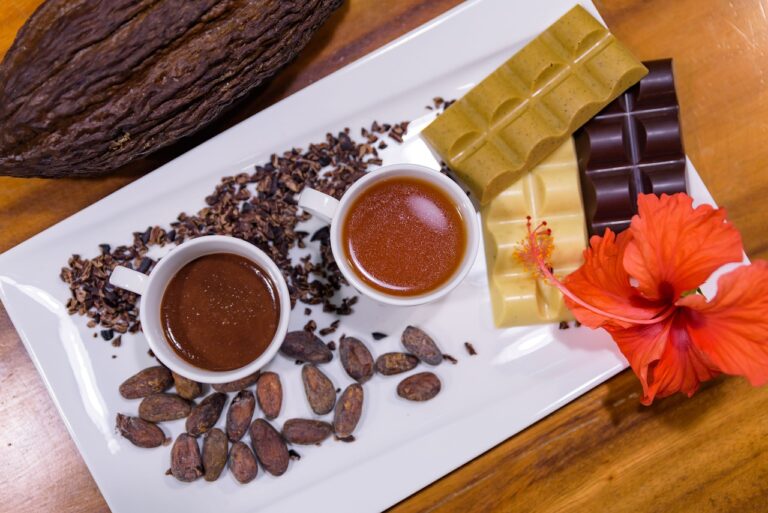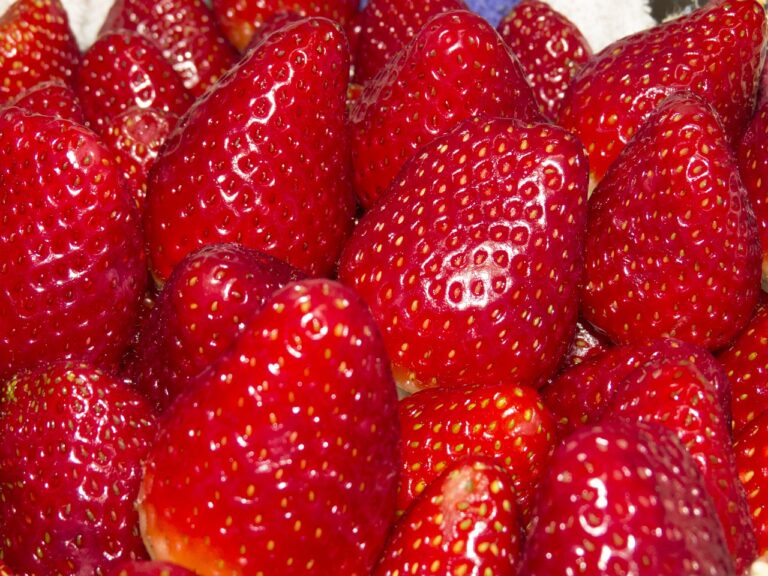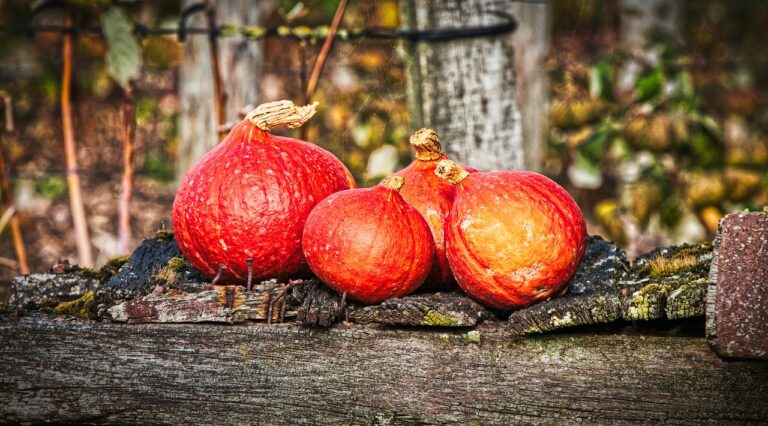The Future of Food Packaging: Biodegradable Materials and Eco-Friendly Design
Food packaging plays a critical role in preserving the freshness and safety of products, but it also comes with its own set of challenges. One of the primary concerns in current food packaging is the excessive use of non-recyclable materials. This not only leads to increased waste but also contributes to environmental pollution. As consumers become more environmentally conscious, there is a growing demand for sustainable packaging solutions that minimize ecological impact.
In addition, another challenge in the realm of food packaging is ensuring the quality and integrity of the packaging itself. Factors such as product protection, shelf-life extension, and convenience for consumers all need to be carefully balanced in the design and manufacturing of packaging materials. Any compromise in these areas can result in food spoilage, wastage, and ultimately dissatisfaction among consumers. Finding innovative ways to address these challenges while maintaining product quality is a pressing issue for the food packaging industry.
The excessive use of non-recyclable materials is a major concern in current food packaging
Consumers are demanding more sustainable packaging solutions to minimize environmental impact
Ensuring quality and integrity of packaging is crucial for product protection and shelf-life extension
Balancing convenience for consumers with the need for effective packaging design is essential
Innovation in addressing these challenges while maintaining product quality is key for the industry
Impact of Non-Biodegradable Packaging on the Environment
Non-biodegradable packaging materials pose a significant threat to the environment due to their inability to break down naturally. Plastic packaging, in particular, is a major concern as it can take hundreds of years to decompose, leading to accumulation in landfills and oceans. This results in pollution that harms wildlife, contaminates ecosystems, and contributes to the global plastic waste crisis.
Additionally, the production and disposal of non-biodegradable packaging materials contribute to greenhouse gas emissions and energy consumption. The manufacturing process of materials like plastic generates carbon dioxide and other pollutants, further exacerbating climate change. Improper disposal methods, such as littering or incineration, release harmful toxins into the environment, posing risks to human health and the planet’s overall well-being.
Benefits of Using Biodegradable Materials in Food Packaging
Biodegradable materials offer numerous benefits in food packaging. Firstly, they help reduce the accumulation of non-biodegradable waste in landfills, which in turn lowers the overall environmental impact. By using biodegradable materials, the packaging can break down naturally, minimizing harm to the environment. Additionally, biodegradable packaging can help decrease the consumption of fossil fuels typically used in the production of traditional packaging materials, contributing to a more sustainable future.
Furthermore, food packaged in biodegradable materials tends to have a shorter supply chain, leading to a reduction in transportation-related carbon emissions. This not only helps lower the carbon footprint of the packaging but also contributes to the overall eco-friendliness of the product. Consumers are increasingly seeking products with environmentally friendly packaging, making the use of biodegradable materials a competitive advantage for food companies looking to appeal to a more sustainability-conscious market.
What are some challenges in current food packaging?
Some challenges in current food packaging include the use of non-biodegradable materials, which contribute to environmental pollution and waste.
How does non-biodegradable packaging impact the environment?
Non-biodegradable packaging can take hundreds of years to decompose, leading to pollution of landfills, oceans, and other natural habitats.
What are the benefits of using biodegradable materials in food packaging?
Using biodegradable materials in food packaging helps reduce environmental impact, as these materials can easily decompose and break down into natural substances.
Are biodegradable materials as effective as non-biodegradable materials in food packaging?
Yes, biodegradable materials can be just as effective as non-biodegradable materials in food packaging, while also offering the added benefit of being environmentally friendly.
How can consumers support the use of biodegradable materials in food packaging?
Consumers can support the use of biodegradable materials in food packaging by choosing products packaged with these materials and advocating for their use in the industry.







